Have you ever thought about how renewable energy could transform not just our environment but our economy? Could shifting to sustainable energy sources unlock new opportunities, create jobs, and generate massive savings? Imagine a world where clean energy doesn’t just power our homes but powers global economic growth. Doesn’t that sound like the future we all want to live in?
Renewable energy isn’t just about reducing carbon emissions—it’s a cornerstone of economic transformation. From driving job creation to reducing energy costs and fueling innovation, the economic impact of renewable energy is undeniable. In this article, we’ll explore how renewable energy economics is shaping the future, creating a sustainable energy market, and fostering green job growth worldwide.
1. Renewable Energy as a Catalyst for Economic Growth
Breaking Down the Numbers
According to the International Renewable Energy Agency (IRENA), the renewable energy sector employed over 12 million people worldwide in 2023—a number projected to grow significantly by 2025.
Economic Growth Across Sectors
- Manufacturing: Production of solar panels, wind turbines, and energy storage solutions boosts industrial growth.
- Construction: Building renewable energy plants and infrastructure provides jobs in engineering and skilled labor.
- Innovation: Startups focused on renewable technologies fuel competition and economic dynamism.
Pro Tip: Regions investing heavily in renewables experience faster GDP growth and energy independence.
2. Job Creation: The Green Workforce Revolution
Jobs in Solar Energy
The solar industry is one of the largest employers in the renewable sector, offering roles in manufacturing, installation, and maintenance.
Wind Energy Employment
- Onshore Wind: Creates jobs in rural areas, promoting regional development.
- Offshore Wind: Employs engineers, divers, and maritime specialists.
Emerging Careers in Energy Storage
As battery technology advances, roles in production and research are rapidly expanding.
Quick Tip: Training programs in renewable energy technologies are widely available, ensuring a steady pipeline of skilled workers.
3. Cost Savings for Households and Businesses
Lower Utility Bills
Switching to renewable energy significantly reduces electricity costs for consumers. For example, solar panels can cut household energy bills by up to 70%.
Stable Energy Prices
Unlike fossil fuels, renewables are not subject to volatile global markets, providing price stability.
Government Incentives
Tax credits, subsidies, and grants make renewable energy installations more affordable for both businesses and households.
4. How Renewable Energy Boosts Local Economies
Community-Owned Energy Projects
Local renewable energy projects allow communities to generate their own power, keeping profits within the region.
Small Business Growth
Renewable energy startups and contractors benefit from increased demand for installations and maintenance.
Regional Development
Areas with renewable energy plants see improved infrastructure, higher incomes, and reduced unemployment.
Pro Tip: Local governments often provide incentives to businesses investing in renewable energy initiatives.
5. The Environmental Benefits and Their Economic Impact
Reduced Healthcare Costs
Cleaner air leads to fewer health issues, reducing public and private healthcare expenses.
Climate Resilience
Investing in renewable energy reduces the economic impact of climate-related disasters like hurricanes and floods.
Preservation of Natural Resources
By reducing reliance on fossil fuels, renewable energy helps conserve water and land resources, benefiting agriculture and tourism.
6. The Future of Renewable Energy Economics
Innovations Driving Down Costs
Technological advancements are making solar, wind, and battery storage more affordable than ever.
International Collaboration
Global initiatives like the Paris Agreement are fostering investments in renewable energy across borders.
Expanding Access to Energy
In developing countries, renewable energy projects bring electricity to remote areas, boosting local economies.
7. Frequently Asked Questions
How Does Renewable Energy Create Jobs?
Renewable energy projects require workers for manufacturing, construction, operations, and maintenance, creating opportunities across various skill levels.
Are Renewable Energy Sources Really Cheaper?
Yes. Over the lifespan of a solar panel or wind turbine, the cost per kilowatt-hour is often lower than fossil fuels.
What Role Do Governments Play?
Governments provide subsidies, tax breaks, and regulatory support to encourage renewable energy adoption.
8. Steps to Support the Renewable Energy Economy
Invest in Green Technology
- Purchase solar panels or an electric vehicle.
- Support companies committed to sustainable practices.
Advocate for Policies
- Encourage local governments to adopt renewable energy incentives.
- Support initiatives like community solar projects.
Educate Yourself and Others
- Attend webinars or courses on renewable energy.
- Share success stories to inspire others to join the movement.
9. The Challenges and Solutions in Renewable Energy Economics
Upfront Costs
While initial investments can be high, financing options and incentives make renewables more accessible.
Infrastructure Limitations
Governments and private companies are investing in upgrading grids and building charging networks for electric vehicles.
Public Awareness
Educational campaigns are essential to dispel myths about the feasibility of renewable energy.
Conclusion: The Renewable Energy Revolution is Here
Renewable energy is more than an environmental solution—it’s an economic powerhouse driving job creation, cost savings, and sustainable growth. As we transition to a greener future, the benefits extend to households, businesses, and entire economies.
Are you ready to be part of this transformative journey? Take the first step by exploring renewable energy options for your home or business. Visit our resources for the latest insights, tools, and incentives to make the switch today.





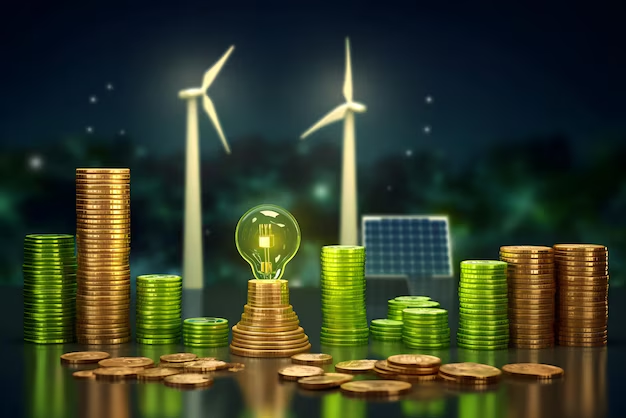
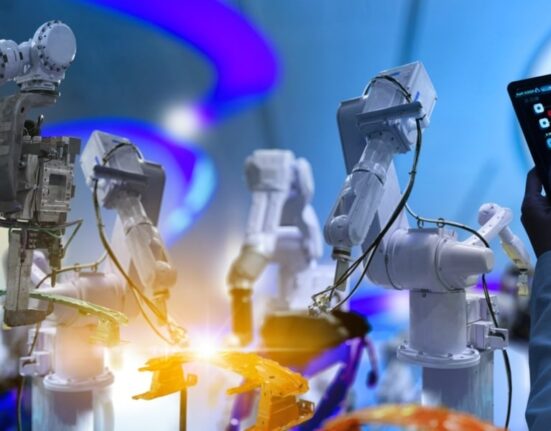

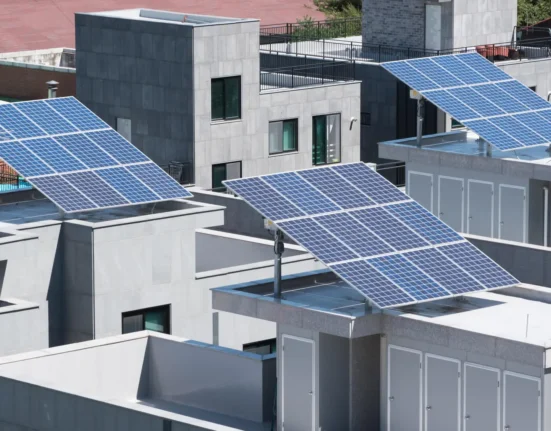

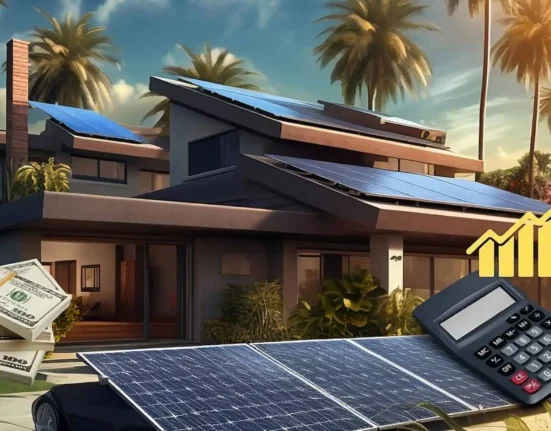
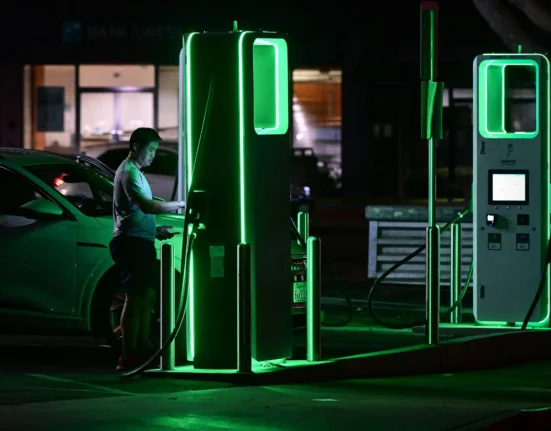
Leave feedback about this